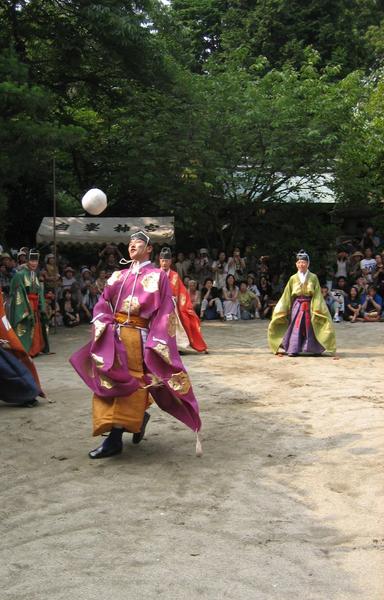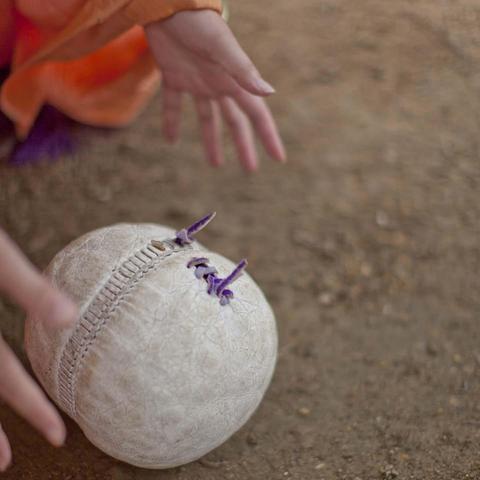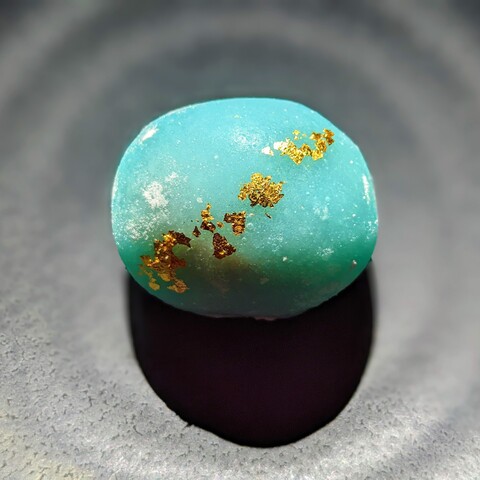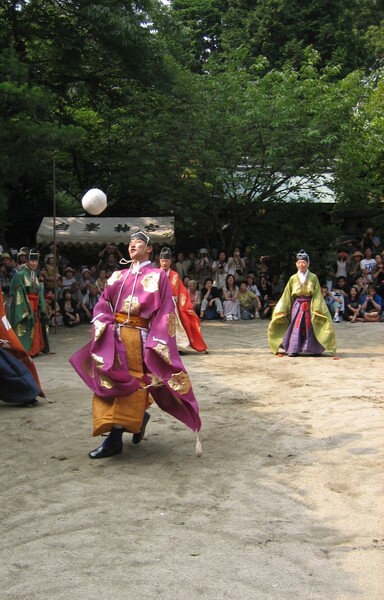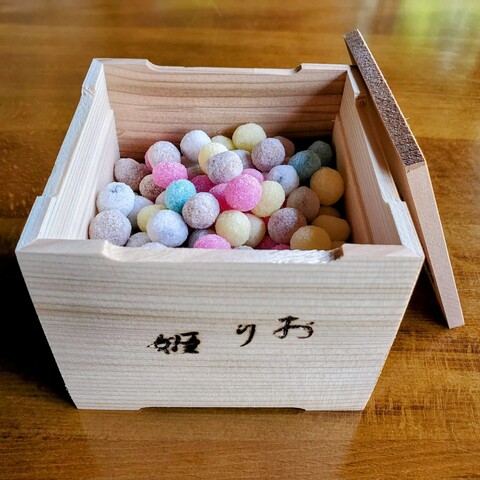🎌NATIONAL FOUNDATION DAY🎌
February 11th's 'Kenkoku Kinen-no-hi' celebrates the 'founding' of Japan by the first emperor, Jimmu (神武天皇 711-585BC).
Shimogamo-jinja, because of its links to Jimmu, puts great effort into celebrating National Foundation Day, with displays of kendō and kemari.
#Japan #蹴鞠 #kemari #Kyoto #京都 #建国記念の日 #NationalFoundationDay
